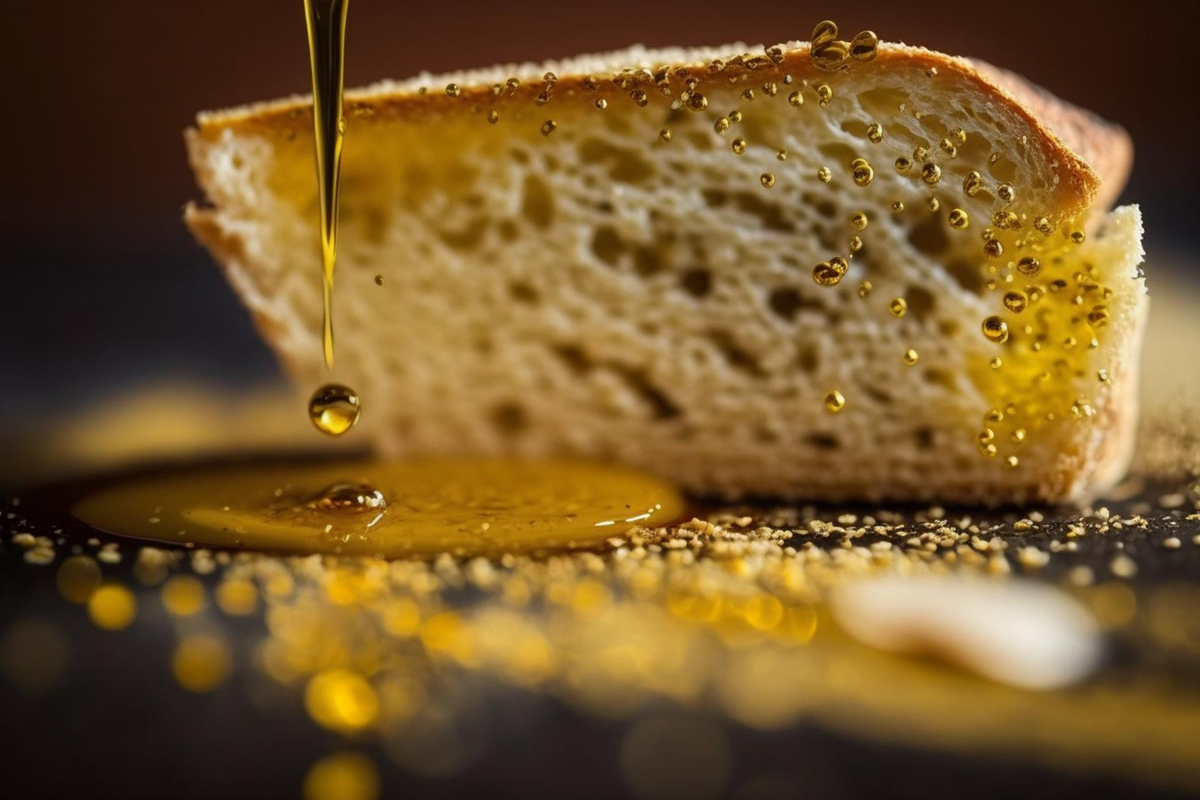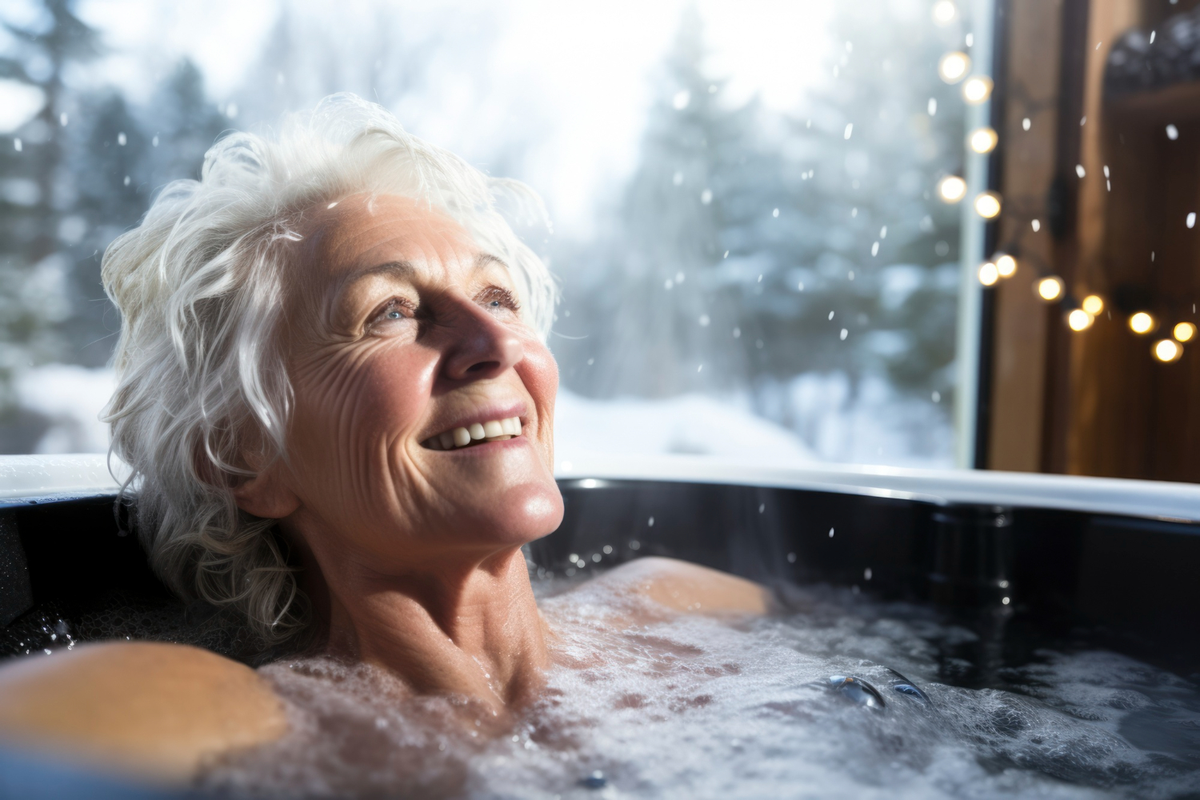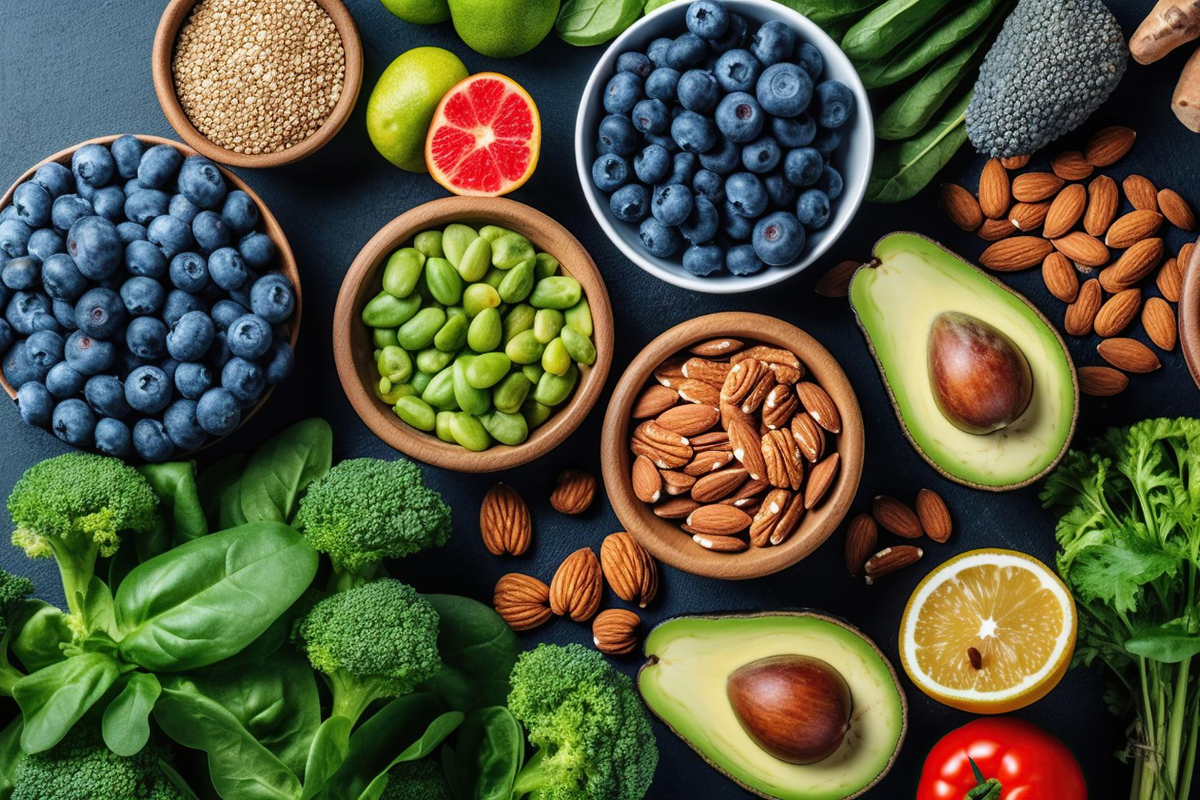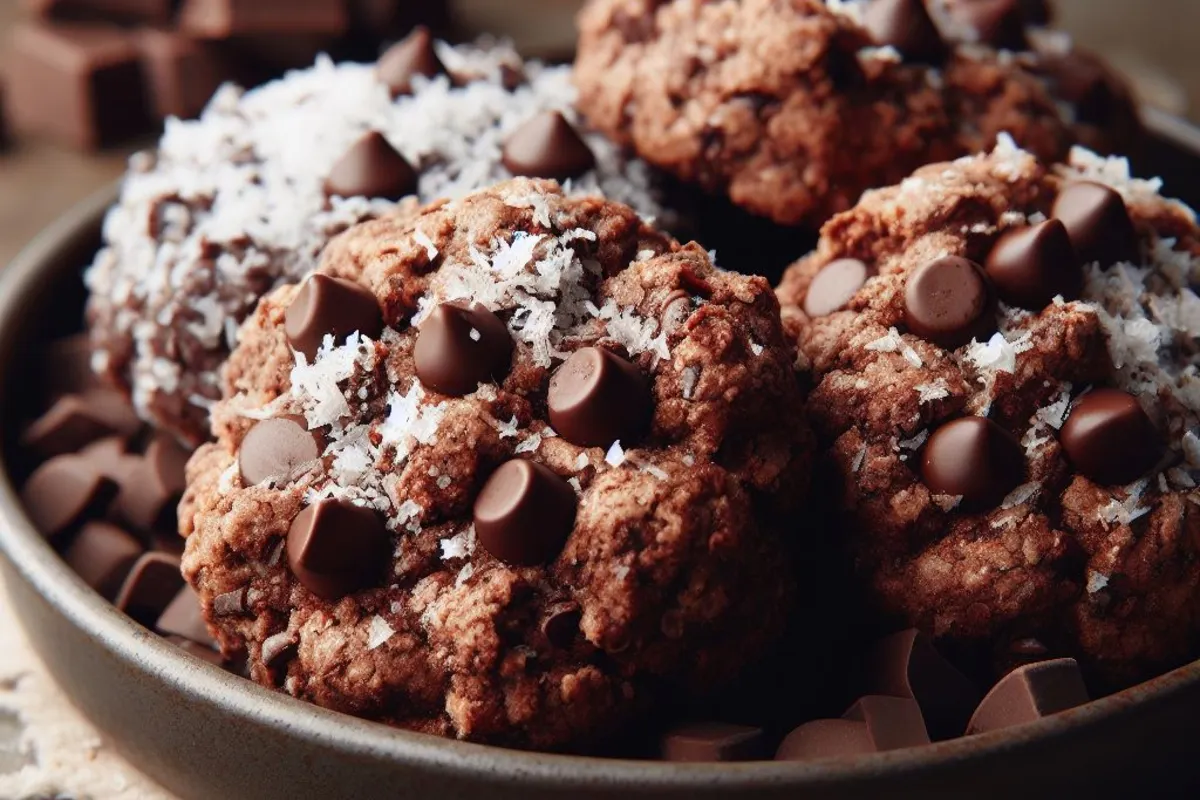Many people suffer from skin problems such as moles, warts, skin tags, and dark spots. These problems can be caused by various factors, such as genetics, hormones, sun exposure, or friction. While there are many commercial products and treatments available to deal with these problems, they can be expensive, ineffective, or harmful to your skin.

Fortunately, there are also natural remedies that can help you get rid of these problems safely and effectively as part of your DIY skin care routine. These remedies use simple ingredients that you can easily find in your kitchen or local store. They are also easy to prepare and apply, and they have no side effects.
In this article, we will show you how to use four common ingredients to treat four common skin problems in your DIY skin care regimen. These ingredients are garlic, apple cider vinegar, baking soda, and castor oil. You will learn how these ingredients work and how to use them for each problem, making them essential components of your holistic skin care approach.
Garlic – A Natural Element in Your Skin Care Arsenal
Garlic is a powerful natural ingredient that can help you get rid of moles and warts as part of your DIY skin care routine. Garlic contains enzymes that break down the pigment cells in the moles and the virus cells in the warts, making them disappear. To use garlic for mole and wart removal as part of your DIY skin care regimen, you need to follow these steps:
- Protect the skin around the mole or wart with petroleum jelly or masking tape.
- Peel and crush a garlic clove and apply it to the mole or wart.
- Cover the area with a bandage and leave it for four hours.
- Remove the bandage and wash the area with water.
- Repeat this process every day until the mole or wart falls off.
Apple Cider Vinegar – A Staple in DIY Skin Care
Apple cider vinegar is another popular natural ingredient that can help you get rid of moles, warts, skin tags, and dark spots in your DIY skin care routine. Apple cider vinegar contains acetic acid that can dissolve the moles, warts, and skin tags, and make them fall off. Apple cider vinegar can also lighten the dark spots by reducing the production of melanin, the pigment that gives color to the skin. To use apple cider vinegar for these problems in your DIY skin care routine, you need to follow these steps:
- Soak a cotton ball in apple cider vinegar and squeeze out the excess.
- Place the cotton ball on the problem area and secure it with a bandage.
- Leave it for eight hours or overnight.
- Remove the bandage and the cotton ball and wash the area with water.
- Repeat this process every day until the problem is gone.
Baking Soda and Castor Oil – Dynamic Duo in DIY Skin Care
Baking soda and castor oil are another effective combination for mole, wart, and skin tag removal as part of your DIY skin care routine. Baking soda has exfoliating and drying effects that can remove the moles, warts, and skin tags, while castor oil has anti-inflammatory and antibacterial properties that can heal the skin. To use baking soda and castor oil for these problems in your DIY skin care routine, you need to follow these steps:
- Mix a few drops of castor oil with a pinch of baking soda to form a paste.
- Apply the paste to the problem area and cover it with a bandage.
- Leave it overnight and remove the bandage in the morning.
- Wash the area with water and pat it dry.
- Repeat this process every night until the problem is gone.
Other Ingredients for Your DIY Skin Care Arsenal
There are also other natural ingredients that can help you with specific skin problems as part of your DIY skin care routine. For example, you can use bananas or honey for wart removal, tea tree oil for skin tag removal, or lemon for dark spot removal. These ingredients have antiviral, antibacterial, anti-inflammatory, or bleaching properties that can fight the infection, inflammation, or pigmentation of the skin. To use these ingredients in your DIY skin care routine, apply them to the problem area and leave them for a few hours or overnight, and then wash the area with water. You need to repeat this process every day until the problem is gone.
We hope that this article has helped you learn how to use natural remedies for common skin problems in your DIY skin care routine. These remedies are simple, effective, and safe, and they can save you money and time as you prioritize your skin health. However, you should always consult your doctor before trying any of these remedies, especially if you have any medical conditions or allergies. You should also monitor your skin for any signs of irritation, infection, or scarring, and stop using the remedies if you experience any adverse reactions. Remember that natural remedies are not a substitute for professional medical advice or treatment.
Additional Natural Remedies for Various Skin Issues in Your DIY Skin Care Routine:
Explore various natural remedies depending on the type and cause of the skin problem as part of your DIY skin care routine. Some include:
- Oatmeal: Soothing and moisturizing, useful for dry, itchy, or inflamed skin. Mix with water, milk, honey, yogurt, or aloe vera for added benefits.
- Turmeric: Anti-inflammatory, antibacterial, and antioxidant properties help with acne, scars, or hyperpigmentation. Create a paste with water, honey, yogurt, lemon juice, sandalwood, or rose water.
- Aloe Vera: Soothing, healing, and hydrating properties aid with sunburn, wounds, or dehydration. Use the gel directly or mix with cucumber, coconut oil, or tea tree oil.
- Coconut Oil: Moisturizing, antibacterial, and antifungal properties benefit dry, cracked, or infected skin. Apply after a shower, use as a cleanser, or mix with sugar, coffee, or baking soda for a natural scrub.
- Honey: Antibacterial, anti-inflammatory, and antioxidant properties help with acne, wounds, or dullness. Apply as a mask, cleanser, or mix with cinnamon, lemon, or apple cider vinegar for extra benefits.
Always conduct a patch test before using new ingredients in your DIY skin care routine, and consult a doctor if you have medical conditions or allergies. Be patient and consistent with your natural skincare routine, understanding that results may take time. DIY skin care complements but does not substitute professional medical advice or treatment.
Sources:








